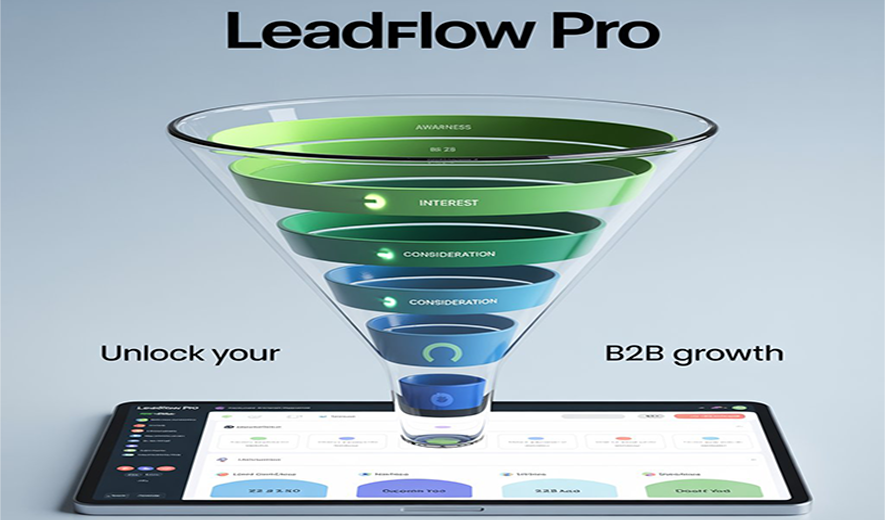
How Technology is Transforming Auditing
Technology is profoundly transforming auditing by enabling greater efficiency, accuracy, and transparency through advanced tools like AI, data analytics, blockchain, and cloud computing. These innovations shift the auditor's role from manual data gathering to higher-value analysis and strategic insight.
Key technological transformations
Artificial intelligence (AI) and machine learning (ML)
AI and ML are automating routine tasks and enhancing fraud detection with their ability to quickly analyze massive datasets.
- Enhanced fraud detection: AI can analyze vast financial data to identify suspicious patterns and anomalies that humans might miss. For example, machine learning algorithms can analyze transaction history to predict fraudulent activity, improving risk assessment.
- Automation of routine tasks: Robotic Process Automation (RPA) uses bots to handle repetitive tasks like data extraction, reconciliation, and validation, which frees up human auditors for complex tasks requiring judgment.
- Predictive analytics: ML can analyze historical data and trends to forecast potential financial risks, allowing auditors to focus on high-risk areas more effectively.
Data analytics and big data
Data analytics allows auditors to analyze complete datasets, rather than relying on sampling, for a more comprehensive view of an organization's finances.
- 100% data verification: Auditors can test every transaction in a specific area, significantly improving coverage and reducing sampling risk.
- Actionable insights: Beyond verifying numbers, data analytics helps auditors visualize data and identify trends or inefficiencies, allowing them to provide more strategic and valuable advice to clients.
Continuous auditing and monitoring
This approach uses technology to perform audits and monitor controls on an ongoing basis, rather than just at year-end.
- Real-time assurance: Continuous auditing provides near real-time insights into financial transactions and control functions, enabling businesses to detect and resolve issues more quickly.
- Dynamic risk assessment: By continuously monitoring data, auditors can identify emerging risks more promptly, allowing for a proactive response.
Blockchain technology
Blockchain, a decentralized and immutable digital ledger, offers a tamper-proof record of transactions, which can significantly enhance auditing.
- Immutable records: The permanent and unchangeable nature of blockchain transactions improves data integrity and reduces the risk of fraud and error.
- Triple-entry accounting: This system, enabled by blockchain, can create a single, indisputable source of truth for transactions, streamlining the audit process.
Cloud computing
Cloud-based platforms have created a central repository for audit data, making the audit process more accessible and collaborative.
- Remote accessibility: Cloud tools allow auditors to access client data from anywhere and work collaboratively with colleagues and clients in real-time.
- Real-time data: Client data stored in the cloud can provide auditors with a live view of financial health, rather than a point-in-time snapshot.
